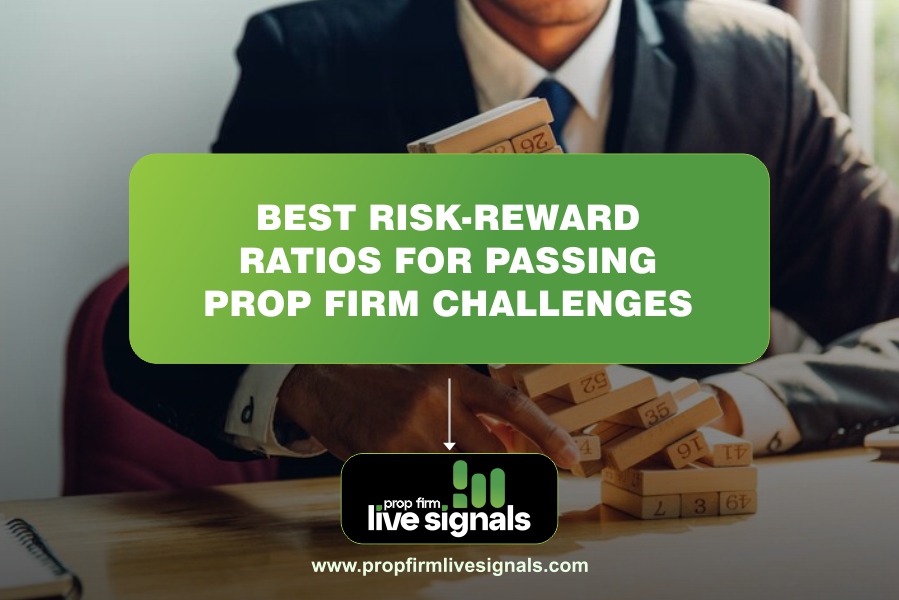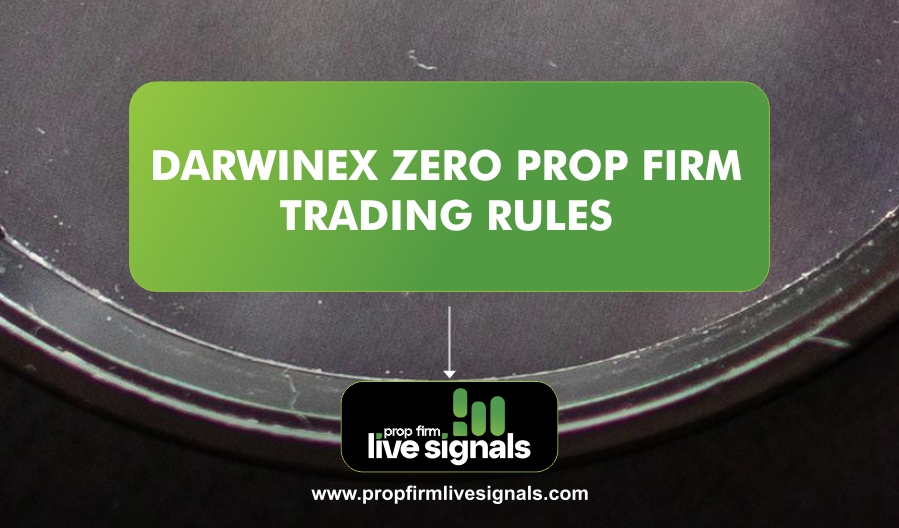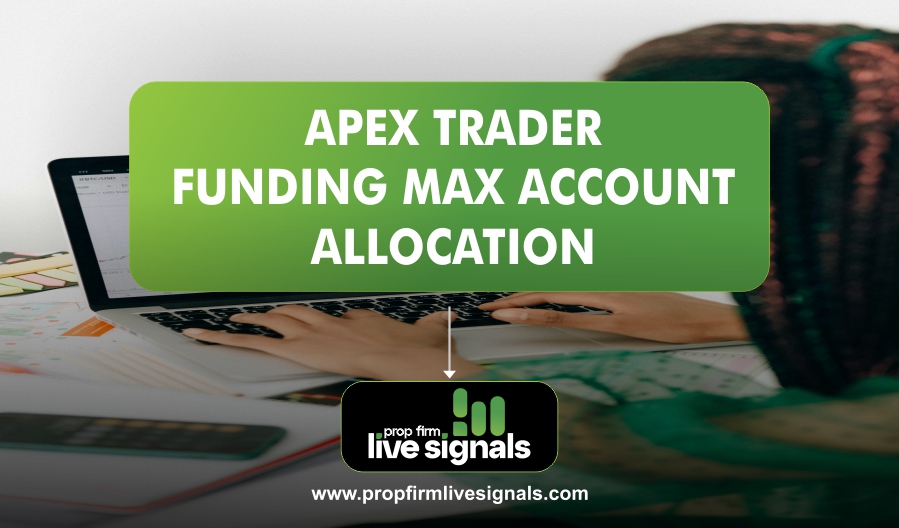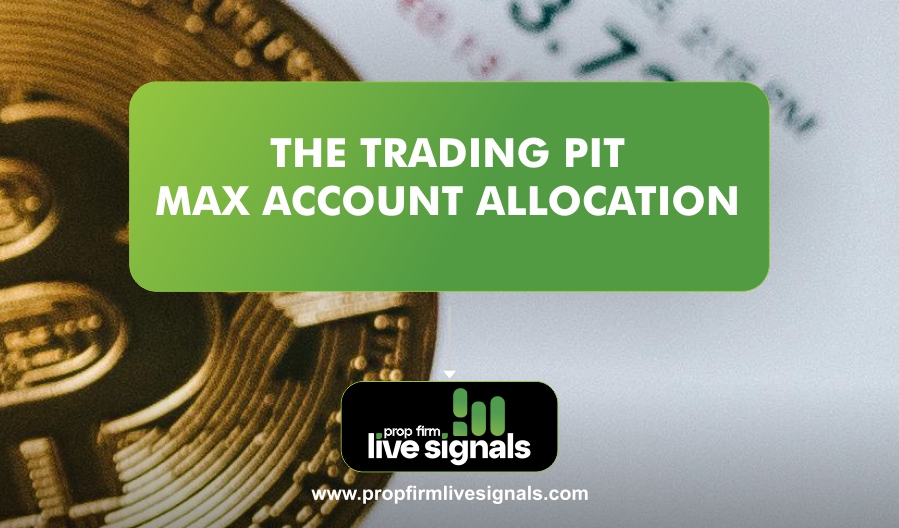Understanding proper risk management, especially the concept of risk/reward ratio, is key to becoming a proficient and successful prop firm challenge passer.
This article explores how to optimize the best practices and strategies that boost one’s chances of improving the risk-reward ratios for passing prop firm challenges.
Understanding Prop Firm Challenges
Prop firm challenges are set up to test a trader’s skills in managing funds through certain conditions. These are usually simulated trading environments where one has to achieve profit targets in a simulated market while adhering to strict risk management rules.
The ultimate objective is to prove oneself consistently profitable and disciplined enough to attract funding opportunities from the firm.
Key Components of Prop Firm Challenges
- Drawdown Limits: Most prop firms have drawdown limits; that is, how much a trader can lose before failing the challenge. For example, with a $100,000 account, a trader can’t lose more than $10,000 per a 10% drawdown limit.
- Profit Targets: Traders have to achieve certain profit targets within a set period of time. As an example, a challenge can be to make a 10% profit on the initial capital in 30 days.
- Trading Restrictions: Some firms may limit the types of instruments or trading hours allowed during the challenge, adding another layer of complexity.
- Evaluation Metrics: Beyond profitability, firms assess consistency, adherence to rules, and risk management skills.
The Importance of Risk-Reward Ratios
Risk/reward ratio is an important metric, which assists the traders to gauge a potential trade against the expected profit vis-à-vis the potential loss. A good risk-reward ratio will ensure that when there are losses, the gains from profitable trades may offset the losses and result in net gains.
Common Risk-Reward Ratios
- 1:2 Ratio: This is the general accepted benchmark whereby for every dollar risked, two dollars of reward are potentially in store. This ratio allows traders to remain profitable with a win rate as low as 33%.
- 1:3 Ratio: For higher rewards, this involves the risk of one dollar for a possible gain of three dollars. While it requires more precision in trade selection, it has the potential for significantly higher profitability over time.
- 1:5 Ratio: This is an aggressive approach where one dollar is risked for a possible gain of five dollars. It requires great skill and market timing, but if done right, it can result in substantial profits.
Strategies to Optimize Risk-Reward Ratios
The following are some of the key things a trader can do to ensure success with risk-reward ratios for passing prop firm challenges:
1. Establish and Maintain Risk-Reward Ratios
Before entering a trade, define your risk-reward ratio desired given the market conditions and your trading strategy. Following this preset ratio assists in maintaining discipline and avoiding emotional decision-making when trades are on.
2. Place Trailing Stops
Trailing stops efficiently lock in profits while allowing trades to run with momentum. You can assure profits without closing winning trades prematurely by constantly adjusting stop-loss orders as the market moves in your favor.
3. Dynamic Position Sizing
The size of a position can be changed depending on the current account equity and market conditions. For example, when you gain some profits, you may increase your position size a little while keeping your risk-reward ratio.
4. Daily Loss Limits
Setting personal daily loss limits can provide an extra layer of protection against significant drawdowns during challenging market conditions. This strategy ensures that you do not exceed your maximum allowable loss for the day.
5. Scenario Analysis and Stress Testing
Simulating various market scenarios helps prepare for unexpected events that could impact your trades. By understanding potential adverse scenarios, you can develop exit strategies or hedges in advance.
6. Concentrate on High-Probability Trades
Follow setups that have a high probability of success from your technical analysis or other indicators, whichever best fits your trading strategy. This focus enables you to maximize your win rate along with favorable risk-reward ratios.
Psychological Aspects of Trading
It is not all about technical skills in prop firm challenges; one has to have psychological resilience. A trader should develop emotional discipline and patience for the pressures characteristic of the trading environment.
1. Emotional Resilience
You should not get over-emotional during periods of drawdowns or near your profit targets. Emotional resilience helps you stay on course with your trading plan and avoid making rash decisions based on fear or greed.
2. Discipline Under Pressure
Consistently following your trading plan and adhering to the firm’s rules, over time, is crucial for long-term success. Discipline helps one avoid overtrading or taking uncalled-for risks with the hope of meeting the targets quickly.
3. Adaptive Mindset
Being able to change one’s strategies whenever market conditions change is also going to be very helpful in being successful with prop firm challenges. This mindset allows traders to pivot when necessary but not necessarily run away from their overall principles in trade.
Ready to Ace Your Prop Firm Challenge?
Take advantage of our LiveSignals, your go to resource for dependable, real-time trading signals, you can eliminate uncertainty from trading.
Our professionally examined setups, advice on risk management, and market analysis are all intended to help you achieve your trading objectives and confidently complete your prop firm challenge.
Sign up now and start using our LiveSignals to achieve continuous trading success!
Frequently Asked Questions (FAQs)
What is a prop firm challenge?
- A prop firm challenge is basically a test designed by proprietary trading firms to estimate a trader’s ability to handle their capital efficiently. To pass, traders must achieve certain profit goals with strict rules over risk management, such as limits to maximum drawdown within certain time frames.
Why is the risk-reward ratio important in trading?
- The risk-reward ratio is important because it allows traders to determine the potential profit a trade can achieve compared to the potential loss. A good risk-reward ratio allows traders to remain profitable even when there are more losing trades.
How can I determine the right risk-reward ratio for my trading strategy?
- To determine the right risk-reward ratio, consider your trading style, market conditions, and historical performance. Analyze past trades to see which ratios have yielded consistent results, and adjust your strategy accordingly.
What strategies can help optimize my risk-reward ratio?
To optimize your risk-reward ratio, consider the following strategies:
- Define and stick to your desired risk-reward ratio before entering trades.
- Use trailing stops to lock in profits.
- Adjust position size dynamically according to account equity and market conditions.
- Use daily loss limits to prevent significant drawdowns.
- Only focus on high-probability trade setups derived using technical analysis.
How do I handle emotional pressure during prop firm challenges?
- Handling emotional pressure requires the development of psychological resilience and discipline. Keep a trading plan, practice mindfulness techniques, and take breaks when needed to avoid burning out. This will be beneficial in setting personal loss limits to manage one’s stress level.
How can I increase my chances of passing a prop firm challenge?
To increase your likelihood of passing a prop firm challenge:
- Formulate a robust trading plan with well-defined entry and exit criteria.
- Pay attention to risk management by correctly positioning and placing stops.
- Train on demo accounts consistently prior to attempting to go live over challenges.
- Regularly review your performance and make changes in strategies where necessary.
What do I do in case I fail a prop firm challenge?
- If you happen to fail a prop firm challenge, take it as an opportunity to learn and grow. Go through your trades, pinpoint where you went wrong, and see what needs adjustment. After analyzing, adjust your trading strategy accordingly, practice more in demo accounts, and feel free to reapply when you feel ready.




